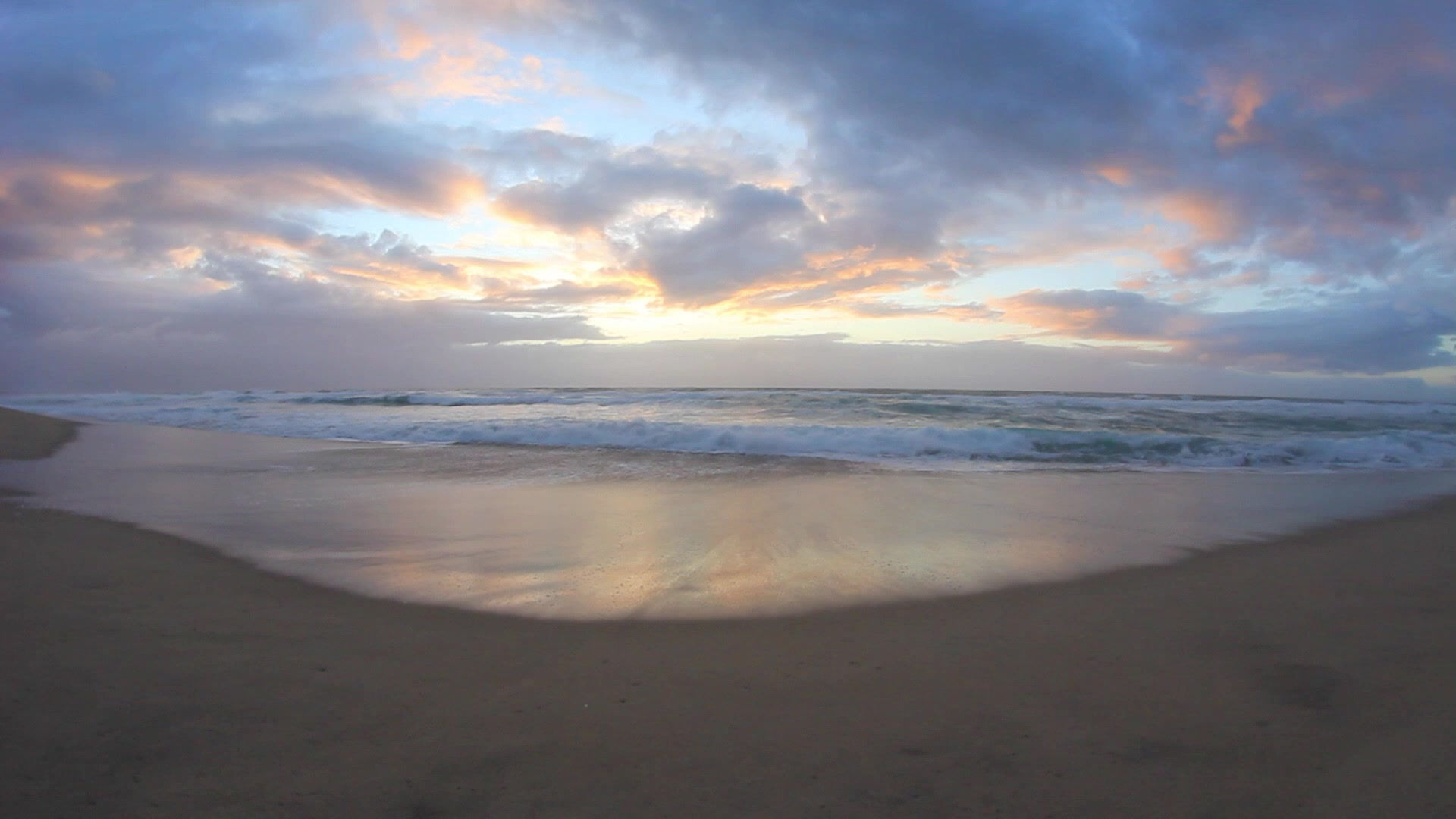
STRATEGIES FOR GOLETA BEACH EROSION CONTROL
Beach nourishment is a process that transports sediments from sources outside of the eroding beach to replace sands lost through erosion. According to Professor Keller, “Beach nourishment occurred at the western end of Goleta Beach in 2010 and altogether, about 50,000 cubic yards was added to the beach” (22). Beach nourishment has several advantages. In the first place, nourishment restores and widens the Goleta Beach and protects structures behind the beach as long as the added sediments remain. Furthermore, one big advantage when compared to hard control methods is that beach nourishment helps the Goleta Beach to remain natural and does not cause major ecological problems (22). By adding sands to the eroded beach, nourishment helps to restore animal habitats and supports biodiversity. However, beach nourishment is extremely expensive and requires maintenance regularly based on the location of the nourishment. Sands and sediments must be added to the beach regularly because sands will be transported away from the site of nourishment by natural longshore currents. Alessio states that Beach nourishment is not an optimal option for Goleta Beach. He explains,
“Beach nourishment is only a short term solution and it highly depend on where you are. If you are at a location that experiences a strong storm every ten years, then it is a ten-year solution. But if you live here at Goleta, we experience big storms maybe every winter, or even ten times a winter, then it is not a very good solution because sands can be removed so easily after one large storm. It just depends on how frequent your larger storms are and how much material is going to last in that area. In terms of here, in Goleta Beach, very short term, a year or less, depending on where they place it” (Alessio).
Beach Nourishment


